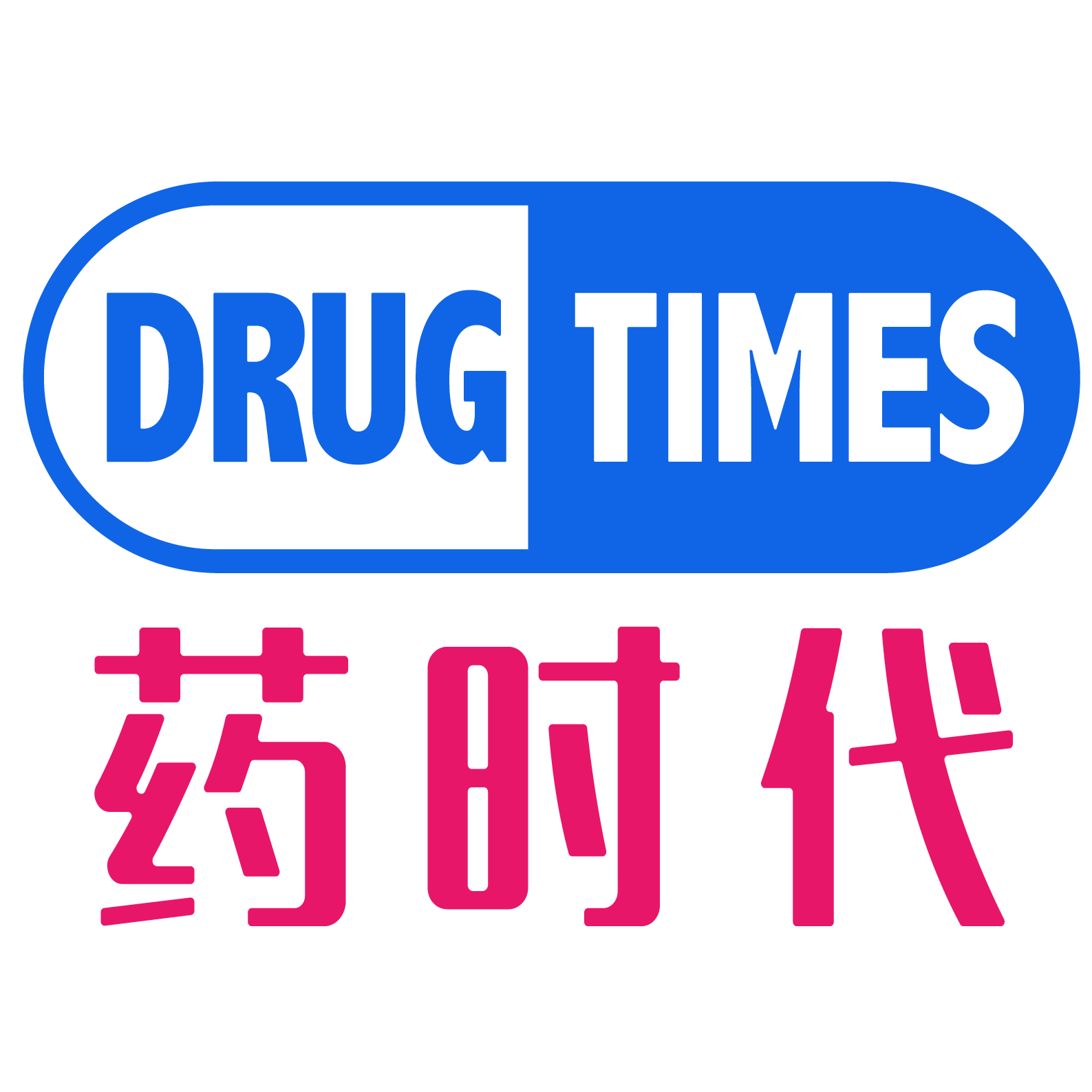
NewCo (Newly Created Company) is a novel transaction model developed by Chinese innovative pharmaceutical companies in response to the capital winter and the demand for internationalization. The core of this model is to license the overseas rights of early-stage research and development pipelines to newly established independent companies, introducing overseas capital and management teams to accelerate development and mitigate risks. This model achieves this through a combined overseas mechanism of “product licensing + equity,” enabling pharmaceutical companies to obtain financial support while retaining partial equity to share in long-term benefits.
For Chinese innovative pharmaceutical companies, the core mechanisms and benefits of the NewCo model are mainly reflected in four aspects:
-
Risk Segmentation: By spinning off high-risk projects into independent entities, the parent company’s overall business is protected from potential negative impacts.
-
Leveraging Capital: Attracting overseas capital, such as from US dollar funds. In 2024, Chinese pharmaceutical companies obtained upfront payments of up to US$3.8 billion through NewCo deals, surpassing the amount raised through IPOs for the first time.
-
Enhanced Efficiency: For example, Koluma advanced its bispecific antibody CM336 from Phase I to Phase II clinical trials in just 18 months through a NewCo structure, nearly halving the time required compared to traditional models.
-
Ecosystem Restructuring: Traditional pharmaceutical companies (such as Hengrui) can focus on core areas, while biotechs (such as Alis) can diversify risks and achieve rapid monetization.
Over the past two years, several typical cases have become well-known and widely discussed in the industry:
-
-
Collaboration Content: Licensing the overseas rights of the GLP-1 innovative drug portfolio (HRS-7535/HRS-9531/HRS-4729).
-
Transaction Amount: Upfront payment of US$110 million, with a potential total deal value of US$6 billion, while Hengrui retains a 19.9% equity stake.
-
-
Keymed Bio Series Transactions
-
CM336 (BCMA/CD3 bispecific antibody): Licensed to Platina Medicines, with an upfront payment of US$16 million and milestone payments of US$610 million.
-
CM313 (CD38 monoclonal antibody): Licensed to Timberlyne Therapeutics, with an upfront payment of US$30 million and a 25.79% equity stake.
-
ICP-B02 (CD20×CD3 bispecific antibody): Jointly licensed to Prolium Bioscience with Innovent Biologics, with a total deal value of US$520 million.
-
-
Genor Bio × TRC 2004
-
Collaboration Content: Licensing the overseas rights of the CD20/CD3 bispecific antibody GB261.
-
Transaction Amount: Upfront payment in the tens of millions of US dollars, with milestone payments of US$443 million.
-
-
Epimab × Vignette Bio
-
Collaboration Content: Licensing the BCMA-targeted TCE bispecific antibody EMB-06.
-
Transaction Amount: Upfront payment of US$60 million, with a potential total deal value of US$575 million.
-
-
-
Collaboration Content: Jointly licensing the TSLP monoclonal antibody SKB378/HBM9378.
-
Transaction Amount: Upfront payment of US$45 million, with a potential total deal value of US$970 million.
-
-
Sciwind Bio × Verdiva Bio
-
Collaboration Content: Licensing the oral delivery technology for GLP-1 class drugs.
-
Transaction Amount: Upfront payment of US$70 million, with a potential total deal value of US$2.4 billion.
-
This “new” model, which has been operating overseas for many years but has only recently gained traction in China, has garnered significant attention. Serving as a lifeline and a glimmer of hope in the capital winter, it has had tangible impacts. For example, in 2024, global NewCo financing in the pharmaceutical sector exceeded US$6 billion, with the proportion of Chinese assets jumping from 15% to 35%, deeply integrating into the global industrial chain. The total amount of upfront payments has also surpassed IPO fundraising, becoming a crucial channel for capital infusion in the cold market.
However, this hot track also faces crises and risks. Approximately 40% of projects fail to enter Phase III clinical trials due to funding disruptions or poor management, and the intensifying competition from homogeneous targets (such as ADC targets) has exacerbated bubble risks.
While receiving significant attention and even pursuit, controversies persist. Some transactions involving Chinese pharmaceutical companies have been criticized for “selling green shoots” and “undervaluing assets.”
The Three Fates of the NewCo Model
From a global perspective, the NewCo model has three destinies, which can be summarized as the LIDLO, LIDMA, and LIDIPO models proposed by DrugTimes long ago.
-
LIDLO (License In-Development-License Out)
-
Definition: Companies license in early-stage drug projects, develop them using their own capabilities, and then license them out to earn a profit margin. This model forms a closed loop of “licensing in – development – licensing out,” with the core focus on the phased value enhancement and monetization of projects.
-
Characteristics:
-
Risk Diversification: By licensing in low-cost projects at an early stage, the risk of R&D failure is reduced.
-
Capital Efficiency: High returns are achieved through premium pricing in overseas markets.
-
-
-
LIDMA (License In-Development-M&A)
-
Definition: After developing licensed projects, companies exit through mergers and acquisitions (M&A). This model is common among startups, which quickly enhance asset value to attract acquisition by large pharmaceutical companies.
-
Characteristics:
-
Quick Monetization: Shortening the R&D cycle and exiting through M&A.
-
Strategic Synergy: For example, Aiolos Bio licensed Hengrui’s TSLP monoclonal antibody AIO-001 and was acquired by GSK for US$1.4 billion just one year after its establishment, with US$1 billion as an upfront payment.
-
Win-Win Mechanism: The original research company (e.g., Hengrui) continues to benefit through milestone payments and royalties, while the acquirer (e.g., GSK) gains an enhanced pipeline。
-
-
-
LIDIPO (License In-Development-IPO)
-
Definition: After developing licensed projects, companies go public (IPO) to amplify their value through the capital market.
-
Characteristics:
-
Value Amplification: R&D outcomes are directly translated into capital market valuations. For example, Arrivent Biopharma licensed Firmonertinib from Allist, completed global clinical development, and listed on NASDAQ in 2024.
-
Long-term Benefits: The original research company (e.g.,Allist) continues to benefit through equity and commercialization royalties.
-
Resource Integration: Further financing after going public accelerates the development of subsequent pipelines.
-
-
LIDNewco = NewCo Model 2.0
The significance and trends of the NewCo model can be summarized again, mainly including: Internationalization of Chinese innovative drugs: Through LIDLO/LIDMA/LIDIPO, Chinese pharmaceutical companies deeply participate in the global industrial chain, such as Hengrui and Allist, which achieve overseas expansion through licensing or mergers and acquisitions. Balancing risk and reward: Overseas capital bears the risk of late-stage development, while domestic companies retain equity or royalties, achieving “risk segmentation + shared benefits.” Global resource reallocation: Overseas biotechs leverage Chinese innovative assets for rapid financing, mergers and acquisitions, or IPOs, forming a new ecosystem of “Chinese R&D – Global Monetization.”
Currently, in the minds of most people, products and assets involved in NewCo transactions are the original research products of the providers, which is indeed the case. If we call this situation NewCo 1.0, then the emergence of NewCo 2.0 is not difficult to understand.
A biotech company, or a pharmaceutical firm, with a keen eye, can “bottom-fish” and acquire an innovative drug at its early stage, such as a PCC (Preclinical Candidate), pre-PCC, Lead (lead compound), or even a hit (hit compound) or sequence. After licensing it in, the company can develop it further either independently or with the help of CROs (Contract Research Organizations). During the development process, the company continuously seeks BD (Business Development) opportunities, including NewCo opportunities. Once another company shows interest and offers a reasonable price, the deal can be made, resulting in a NewCo transaction. This is the License In-Development-NewCo model, an upgraded version of NewCo. Today, DrugTimes formally proposes a fourth model—the LIDNewco model.

Its core logic and value remain the same: by developing a licensed-in asset and combining the dual binding of “product + equity,” the model enables continuous transactions and creates significantly enhanced value. It upgrades a one-time transaction into multiple deals and long-term ecosystem building. In this way, it leverages greater commercial value while controlling risk. The product licensor can potentially rescue “silent assets” and achieve a “quartet of returns,” namely, upfront payments + milestones + sales royalties + JV equity appreciation. By retaining equity, the licensor holds a “long-term ticket” and avoids “selling off a dark horse asset at a low price.” Meanwhile, it helps the licensee avoid the risk of large upfront investments, which could be wasted if the product fails. By using equity to dilute the pressure of early investment and binding the original developer to provide continuous technical support, the model shifts from an “all-in gamble” to “risk hedging.” Moreover, by sharing resources, both parties can potentially achieve a synergistic effect where “1+1>2.”
Conclusion
Like the NewCo model, the LIDNewco model also faces potential risks:
-
Equity Distribution Game: Valuation of the product and allocation of development costs can easily lead to disagreements.
-
Governance Power Struggle: The design of board seats and decision-making mechanisms is a test of wisdom.
-
Cultural Integration Challenges: Management friction between multinational companies and local teams can be a problem.
The keys to breaking through these challenges are threefold:
-
“Courtship before Marriage”: Establish trust through small-scale cooperation, such as licensing regional rights.
-
“Transparent Pricing”: Introduce third-party evaluation agencies to value the product rights.
-
“Exit Mechanism Upfront”: Clearly define buyback rights and preemptive subscription rights in the joint venture agreement.
As the valuation logic of biotechs shifts from “pipeline quantity” to “cash flow capability,” and as the China strategy of multinational pharmaceutical companies (MNCs) transitions from “full control” to “ecosystem collaboration,” the LIDNewco model hits the intersection of two eras. It is neither a simple “import-and-use” approach nor blind “independent innovation.” Instead, it is an elegant balancing act that takes into account efficiency and risk, short-term gains and long-term value—a survival strategy for “huddling for warmth” in a capital winter.
We welcome interested friends to leave comments and share your views or constructive criticism!
【Editor’s note】The above content (~9700 words) is a quick translation of a Chinese article (posted on 2025-03-09) by DrugTimes team. To read the original article, please click here. All comments are warmly welcome. Many thanks!
发布者:DrugTimes001,转载请首先联系contact@drugtimes.cn获得授权

 为好文打赏 支持药时代 共创新未来!
为好文打赏 支持药时代 共创新未来! 